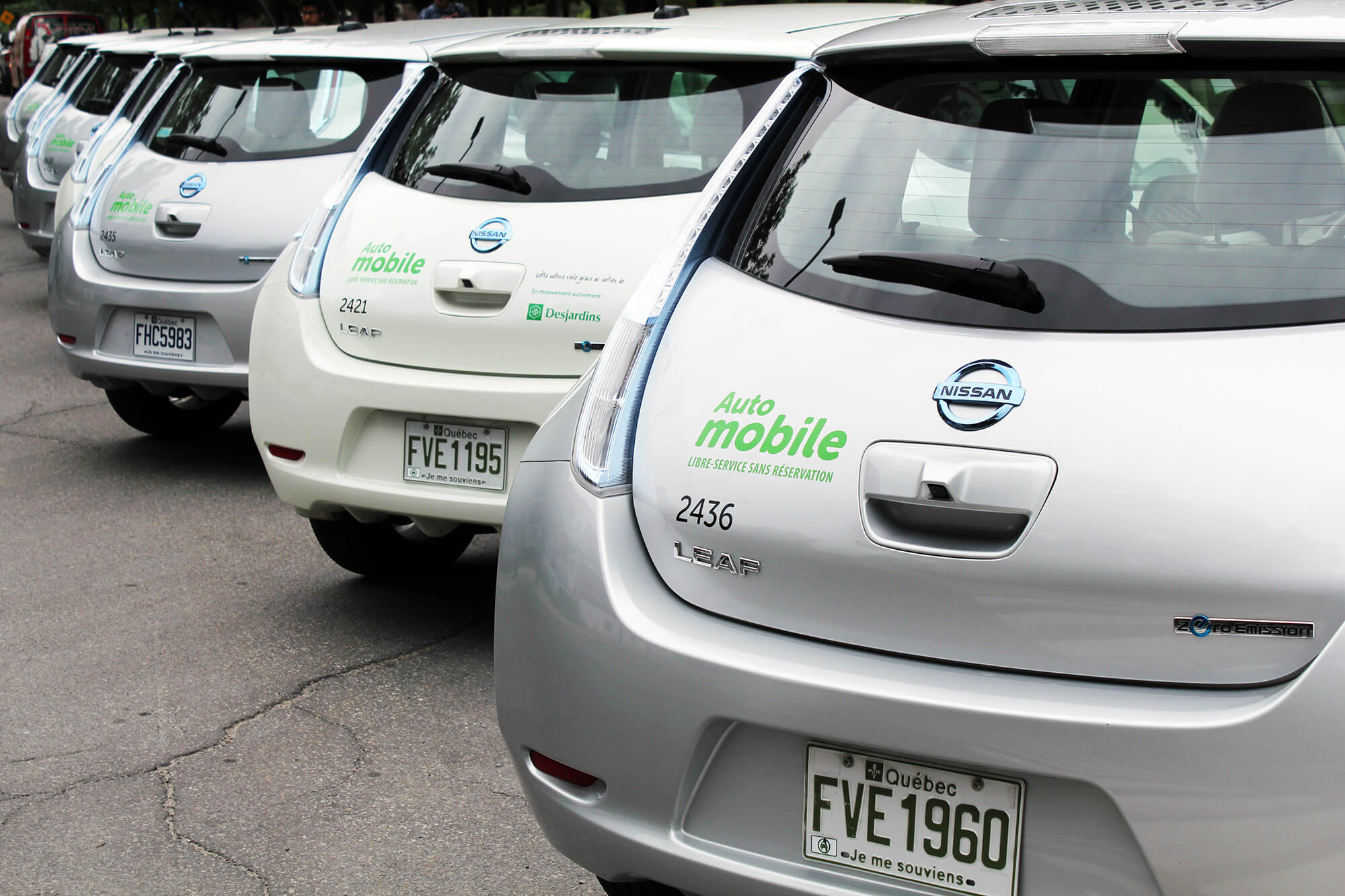Needless to say, bold action is required to avoid the worst impacts of climate change, as well as the economic fallout of the COVID-19 pandemic. As federal policy-makers deliberate how to tackle both challenges, via a green economic recovery plan, they’ll need to look “under the hood” of Canada’s vehicles to drive down our country’s emissions.
Attempts to reduce transportation-related emissions have proven to be especially vexing, given that passenger (“light-duty”) vehicle trips account for approximately 30% of a city’s total carbon footprint – and cities account for approximately 70% of national emissions. Canadian consumers’ penchant for larger/heavy (less fuel-efficient) vehicles isn’t helping: SUVs and pickup trucks account for 70% of new vehicle sales in Canada
Another troubling but often-overlooked fact: CO2e (carbon dioxide equivalent) emissions related to the manufacturing phase of a vehicle are responsible for a sizable portion of a vehicle’s life-cycle emissions. So while greener cars are part of the solution, we also need fewer cars to be made and sold.
So how do we catalyze a faster tipping point for decarbonizing passenger vehicle transportation? Governments must introduce policies that will shift consumer behaviour. These policies should be aimed at three objectives: promoting zero-emission vehicles (ZEVs), expanding shared-mobility service, and fostering commuters’ embrace of multimodal forms of low-carbon transportation – the nexus being the greening of all public transportation infrastructure.
Shared-mobility services – commonly referred to as “transportation as a service” (TaaS) – are not limited to taxis and ride-hailing services. Car-sharing services, including Evo and Communauto in Canada, have proven to be popular, and successful, in urban markets where supportive city policies exist – a must for such services to be viable. Aside from car-sharing’s affordability, it also has a smaller carbon footprint, particularly when compared to ride-hailing services like Uber. Many people are surprised to learn that more than half of ride-hailing’s VKTs (vehicle kilometres travelled) are without any passengers in the vehicle. These “deadhead” trips mean that ride-hailing produces up to 69% more emissions than the trips it displaces, according to a report by the Union of Concerned Scientists.
Public debate over the challenges of electric vehicles often centres on the lack of charging stations. First and foremost, new policies should be aimed at dispelling consumers’ range anxiety associated with ZEVs. But while the “supply of charging” needs to be addressed in short order, attention should also be paid to initiatives that foster “demand for charging” by promoting the expansion of ZEV-based, shared-mobility services in lieu of private vehicle ownership.
ZEV car-sharing has a number of advantages beyond its low carbon footprint: electrifying car-sharing has the inherent benefit of allowing drivers to “try before you buy,” which in turn can generate word-of-mouth buzz about the appeal of the ZEV driving experience – and best case, with car-sharing’s convenience related to parking (free and preferred locations), might just seduce a would-be ZEV buyer to become a ZEV car-sharing user instead.
Perhaps car-sharing’s most powerful “climate virtues” relate to the second-order (knock-on) effects. Multiple studies indicate that car-sharing yields a handful of desirable behavioural changes. First, there’s the “suppression effect”: it encourages car-share members to avoid purchasing vehicles altogether. A highly regarded University of California, Berkeley Future of Mobility White Paper indicates that each car-share vehicle displaces approximately 10 privately owned vehicles – and the emissions produced in their manufacturing along with them. Increasing the use of electric vehicles in TaaS fleets is like “super-sizing” the climate benefits, compared with privately owned ZEVs.
Another effect, and likely the most impactful behavioural change climate-wise, is that car-share users tend to adopt multimodal forms of commuting – meaning that a given commuter trip might be a combination of car-sharing with other low-carbon modes of mobility, such as public transit, walking or cycling.
Finally, another benefit of car-sharing’s affordability is it would make EV access more equitable. Car-sharing is less expensive than taxis (by more than 50%) and ride-hailing (30% to 50% cheaper). Making ZEVs available to lower-income households via car-sharing also gives them access to the health benefits of a non-polluting vehicle, as well as the cutting-edge safety features that are standard with many ZEV models.
The synergies of coupling the climate virtues of car-sharing with electric vehicles’ low carbon footprint, offers great potential to realize a “green tipping point” for transportation, on a much-advanced timeline.
What federal policies could catalyze that event?
- Apply Vancouver’s Climate Emergency Action Plan to Toronto and Montreal to achieve 50% ZEV of total vehicle kilometres travelled by 2030 (originally 2040) – reducing annual baseline emissions of 20 megatonnes (Mt) in 2019 to 10 Mt by 2030.
- Offer a federal $10,000 “ZEV fleet incentive” rebate (double the existing $5,000 under the iZEV program) for 20,000 electric light-duty vehicles, specific to private TaaS operators who own/lease their fleet vehicles ($200 million) and remove the cap of 10 ZEV rebates per year. In turn, provinces, like B.C., should be encouraged to offer a similar fleet-specific ZEV rebate for TaaS (doubling the existing iZEV rebate to $6000), which would be more in line with Quebec’s generous rebate of $8,000.
- Set up a loan guarantee program of 80% of ZEV loan/lease value, backstopped by a federal guarantee.
ZEV-based car-sharing is climate smart – not to mention easy on the pocketbook. Given the narrow time frame that society has to act, can we really afford to wait?
David Punch is the founder of Vancouver-based Sky Energy Capital.
Appendices: View associated tables & charts







